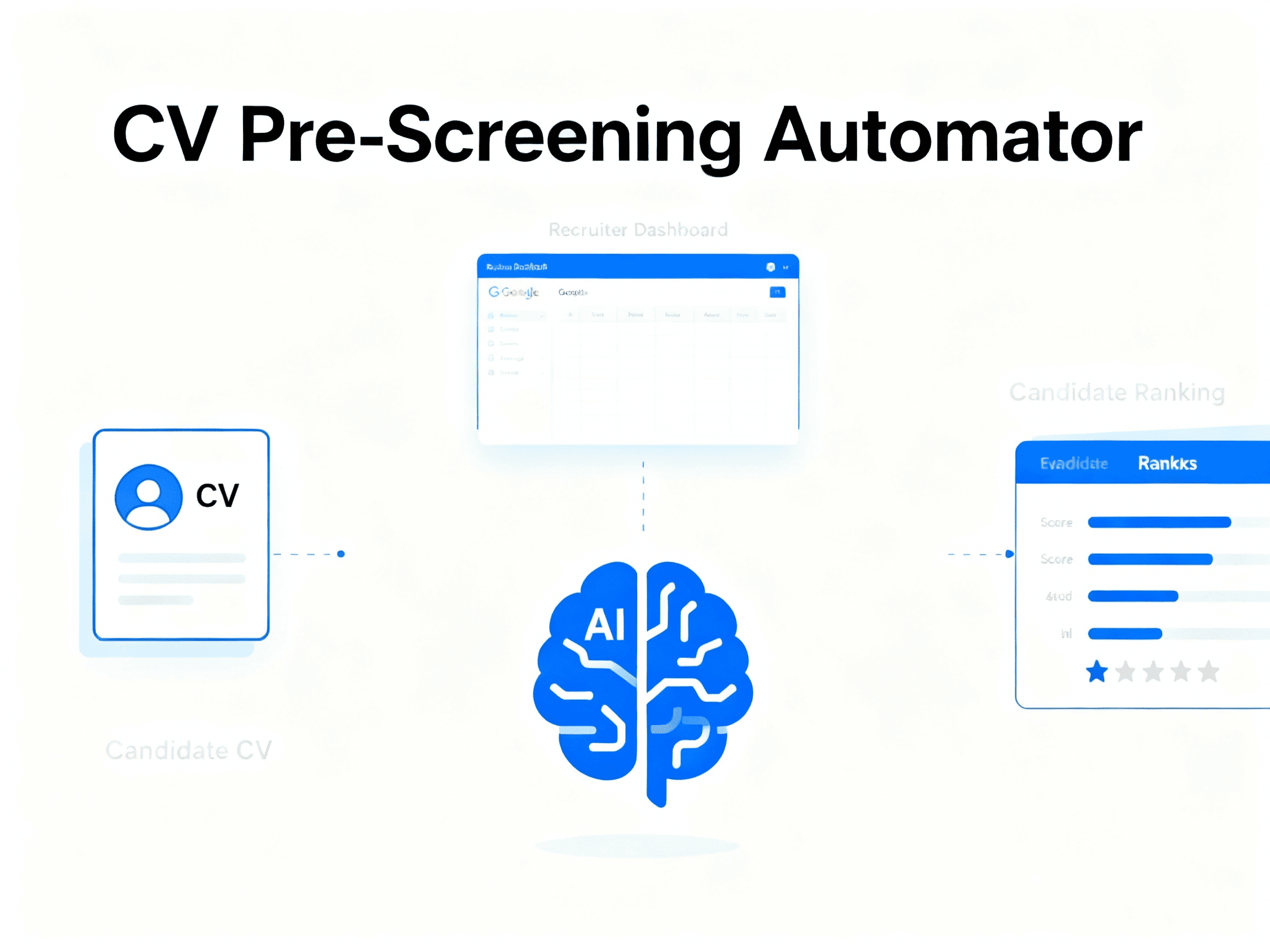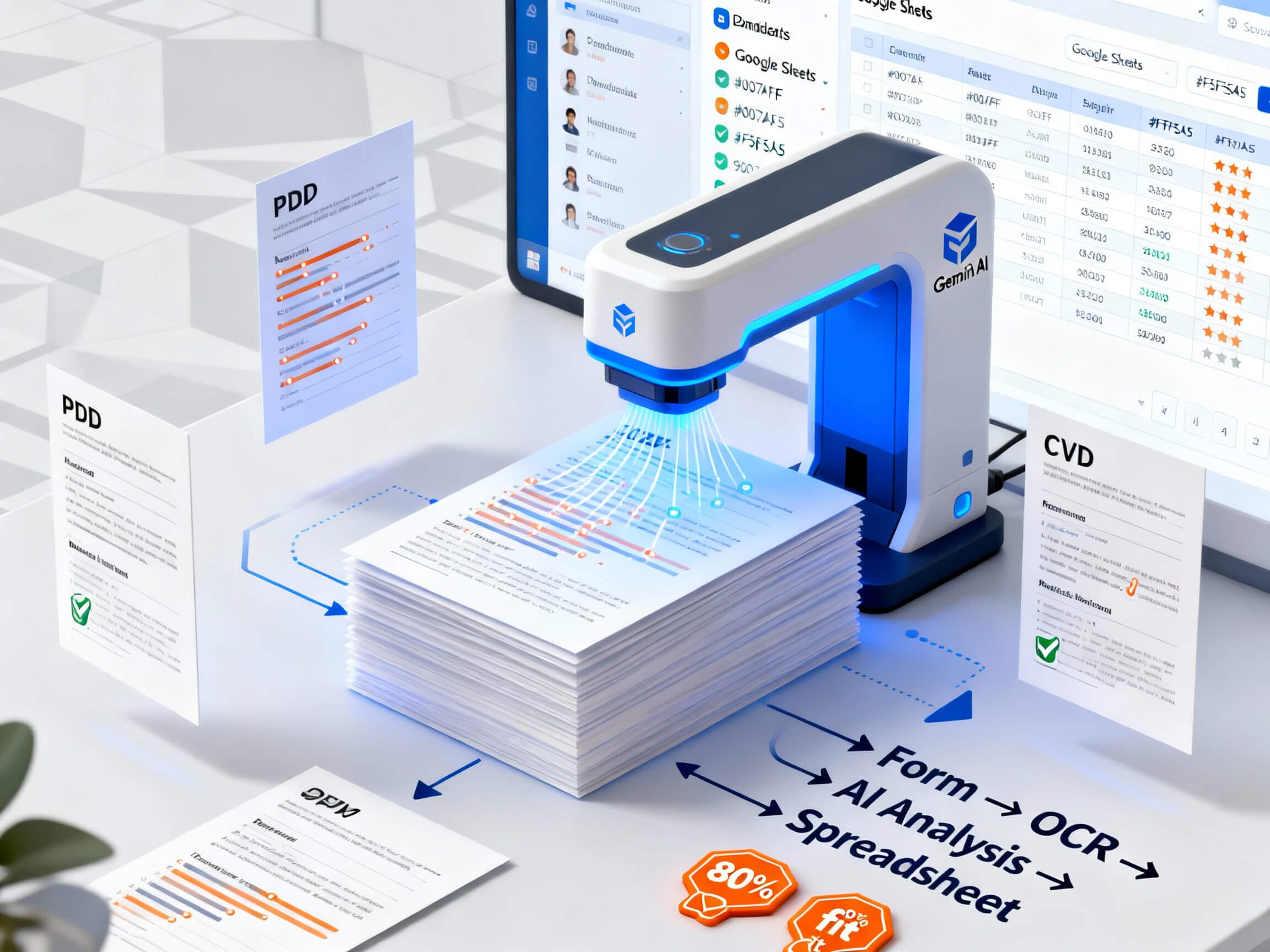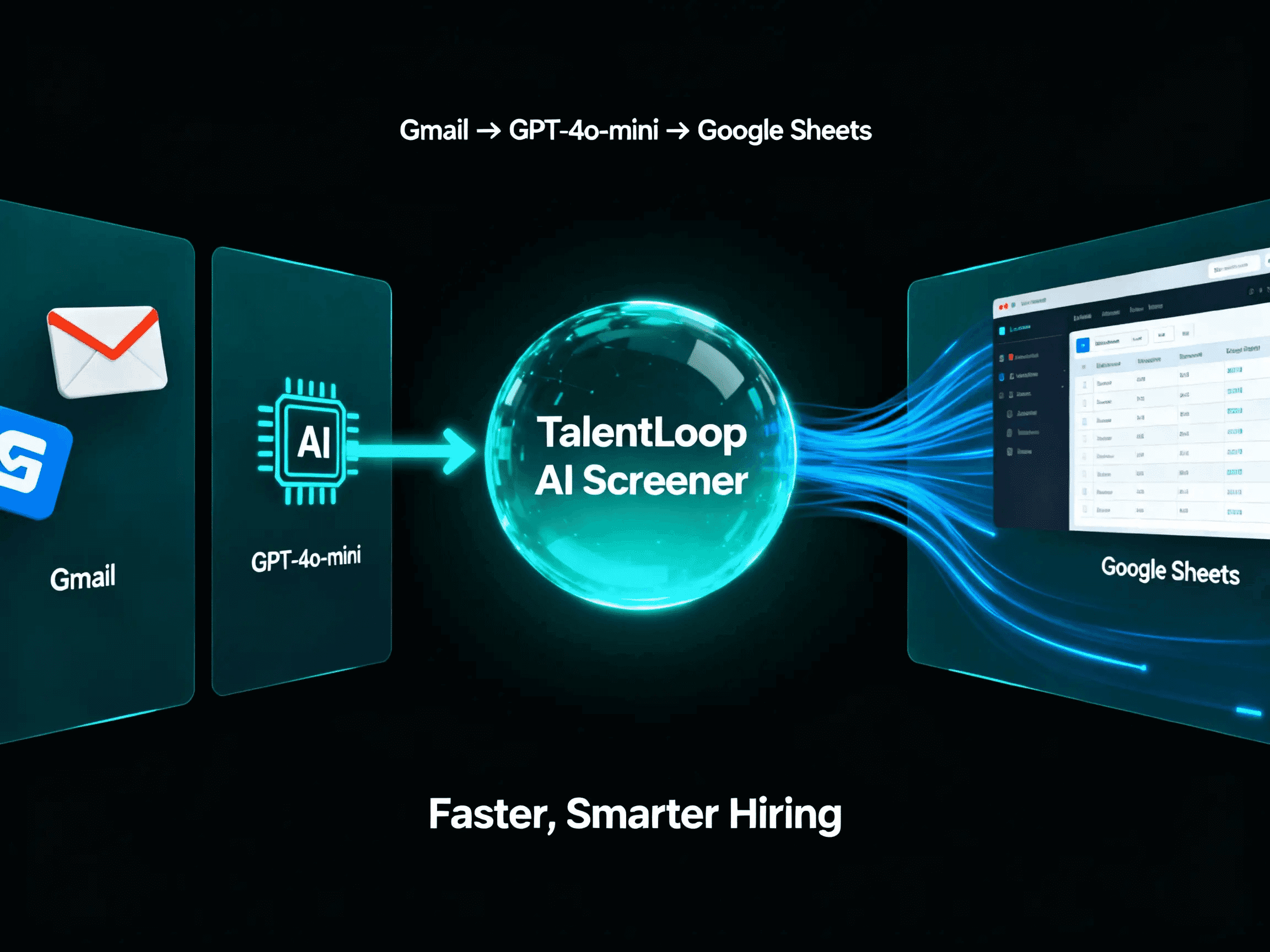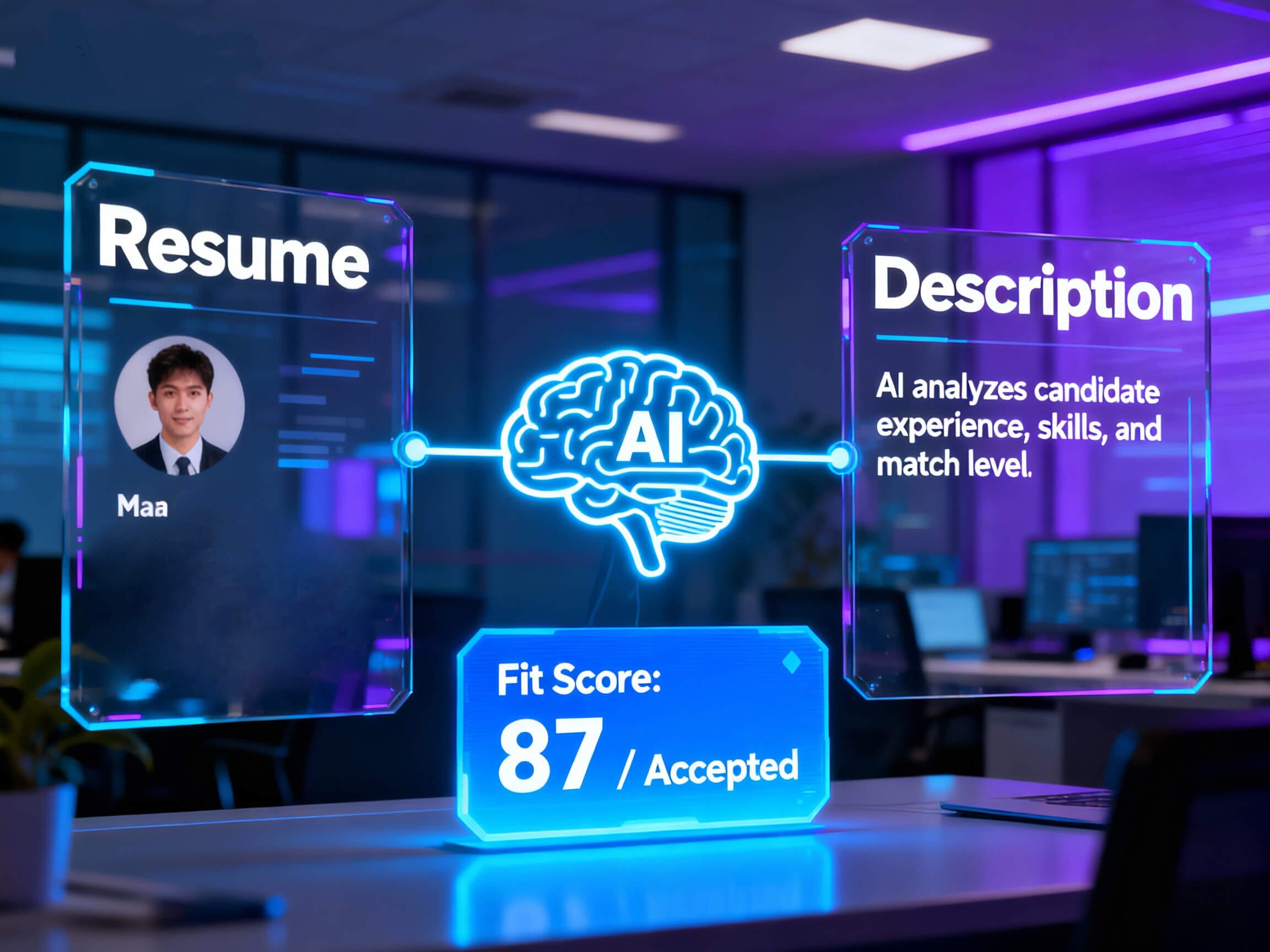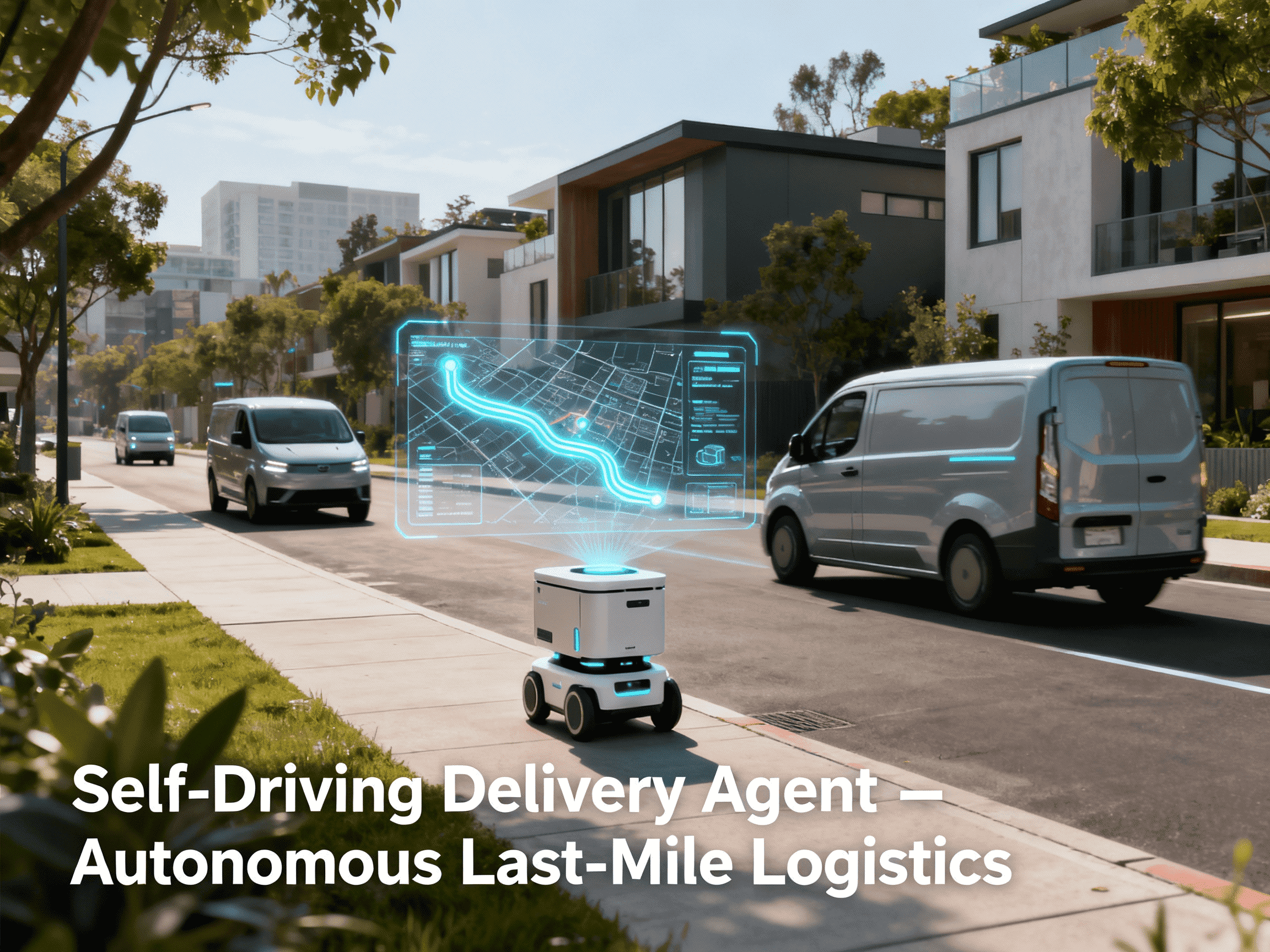
Self-Driving Delivery Agent
Automates last-mile delivery with autonomous vehicles/robots to reduce delivery cost, improve speed, and increase service hours
Trusted by
Recommended architecture follows deployed industry practice: sensor fusion (camera/LiDAR/radar), on-vehicle ML, teleoperation hooks, and cloud fleet management.
Success Story
Starship completed 9,000,000 autonomous deliveries with its robot fleet (millions of deliveries across campuses and cities).
Integrates with
Problem
Last- mile delivery is the most expensive and time-consuming part of logistics — often >40% of total fulfillment cost — and faces driver shortages, high labor costs, and variable delivery speed in urban settings. These challenges increase unit costs and reduce delivery window reliability.
Solution
The agent automates routing, vehicle assignment, and monitoring for autonomous vehicles/robots. It reduces human driver dependency by dispatching autonomous assets for eligible orders, optimizing routes for energy and time, and escalating to human teleoperators only when required. Telemetry and proof-of-delivery are logged centrally for compliance and analytics. (Pilot → scale approach recommended.)
Result
Organizations using autonomous delivery and sidewalk robots have reported large scale operational throughput (millions of autonomous deliveries) and pilot programs have delivered thousands of safe deliveries — indicating potential reductions in per-delivery labor costs.
Use Cases
The Self-Driving Delivery Agent automates last-mile logistics by orchestrating autonomous delivery vehicles and robots. It schedules and optimizes multi-stop routes, assigns tasks to the most suitable autonomous asset (ground robot, AV van, or drone), monitors telemetry and safety status in real time, and records proof of delivery to downstream systems (WMS/ERP). The agent integrates perception & navigation insights (vehicle health, obstacle events), teleoperations fallback, and automatic customer notifications (ETA, live tracking). Designed for pilots and phased rollouts, the package includes workflow scaffolds, teleops hooks, logging schemas, and deployment guidance for cloud fleet management. Implementation targets cost and time reductions in dense urban or campus settings while preserving safety and regulatory compliance.
Integrations
Connect to your existing tools seamlessly
Technology Stack
Automation
Automation
Infrastructure
Implementation Timeline
Feasibility & Regulatory Check
1-3 weeksdefine permitted geozones and acquire necessary permits.
Pilot Design & Hardware Prep
2-4 weeksselect vehicle/robot platform, sensor stack, and teleop tools.
Integration & Orchestration
2-4 weeksintegrate with order systems, mapping/geofence, and fleet dispatcher.
Safety Testing & Validation
2-4 weekssupervised drives, edge case testing, QA with teleops
Pilot Launch
2-4 weekslimited fleet operations, customer feedback, metrics collection
Support Included
Comprehensive documentation with step-by-step workflow setup, API configuration guides, integration instructions. Optional onboarding call and email support during the launch phase.
